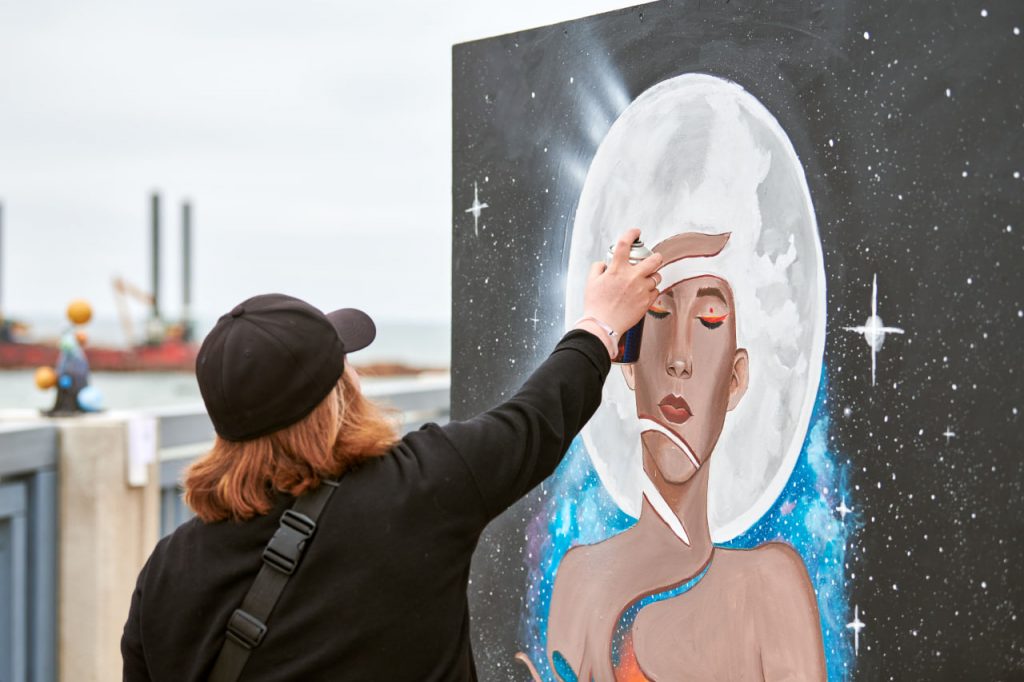Introduction:
Street art has transformed from a subculture rooted in rebellion to a globally recognized art form. What started as a form of graffiti on urban walls has evolved into a movement that has influenced artists, communities, and even large-scale commercial projects. In this article, we explore the journey of street art, from its early days as a form of protest to its current status as a celebrated artistic expression.
Key Points:
- The Origins of Graffiti:
Graffiti, the predecessor to modern street art, began in the 1960s and 1970s as a form of urban expression in cities like New York. Early graffiti was often made up of simple tags or stylized writing, with individuals “claiming” public space by leaving their mark. It wasn’t just about aesthetics; it was a way for marginalized communities to communicate and assert themselves in spaces where they were often overlooked. - The Rise of Street Art:
Street art began to take shape in the 1980s and 1990s, incorporating not just tags but also complex images and murals. Artists such as Jean-Michel Basquiat, Keith Haring, and Shepard Fairey helped bring street art into the public eye and elevate it as a legitimate form of expression. Their works often carried strong political messages, drawing attention to social issues such as poverty, racism, and injustice. Street art was no longer just about rebellion but about using public space to make powerful statements. - Mainstream Acceptance:
As street art gained momentum, it began to receive recognition from galleries and the art world. Banksy, perhaps the most famous contemporary street artist, played a pivotal role in changing the public’s perception of street art. His works, filled with sharp social commentary and dark humor, caught the attention of global audiences and galleries. Today, street art can be seen in major art institutions and high-end auctions, marking a full circle from its humble beginnings. - The Role of Street Art in Global Culture:
Street art now plays an integral role in shaping urban landscapes and pop culture worldwide. Cities like Berlin, London, and Melbourne have become known for their vibrant street art scenes, and international festivals such as “Upfest” in Bristol or “Art in the Streets” at the Museum of Contemporary Art in Los Angeles have helped spread street art’s influence. Additionally, street art has become a voice for activism, with many works focused on highlighting social justice issues, climate change, and political commentary.
Conclusion:
Street art is no longer just graffiti on a wall—it’s a powerful tool for artistic expression and cultural commentary. From its roots in rebellion to its current status as a global movement, street art continues to evolve, challenge societal norms, and bring communities together. As it expands into the mainstream, we can expect to see even more dynamic and thought-provoking works that push the boundaries of what art can do in public spaces.
